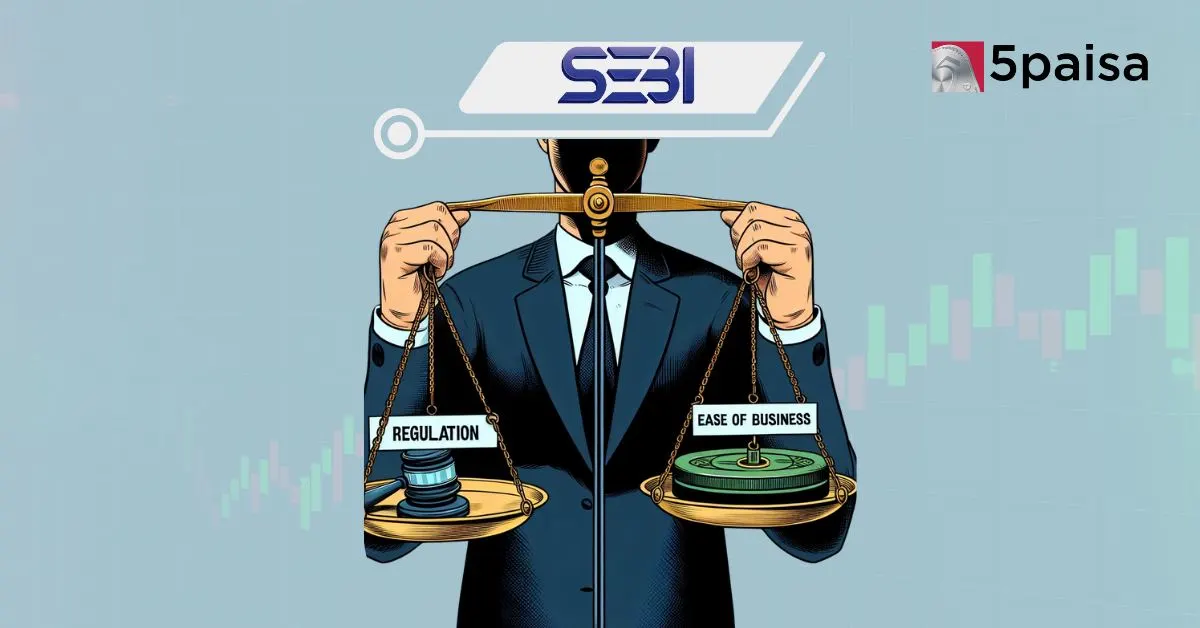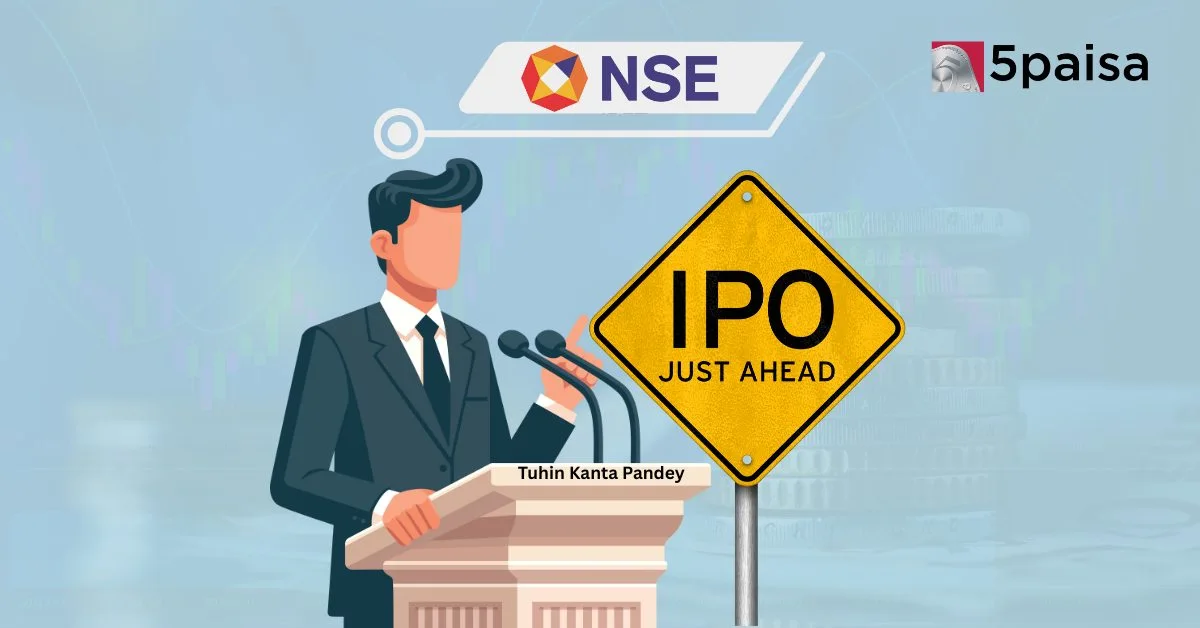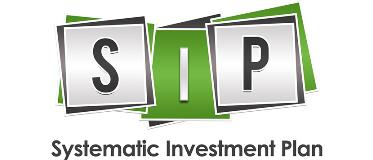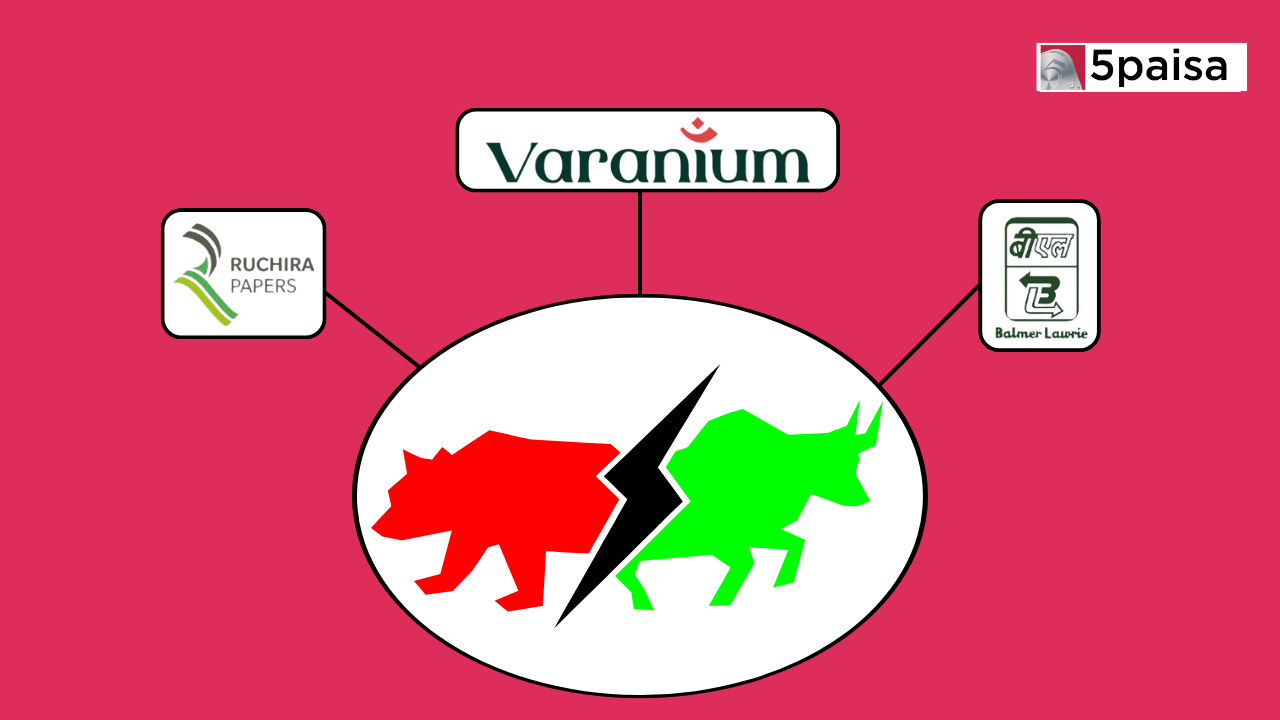iThe current values are delayed, open demat account for live values.
BSE SENSEX
BSE SENSEX Performance
-
Open
76,968.02
-
High
78,616.77
-
Low
76,665.77
-
Prev Close
77,044.29
-
Dividend Yeild
1.10%
-
P/E
23.72
BSE SENSEX Chart

BSE SENSEX Sector Performance
Top Performing
| Sector Name | Percentage Change |
|---|---|
| Diamond, Gems and Jewellery | 1.48 |
| Leather | 0.5 |
| Ceramic Products | 0.88 |
| Healthcare | 0.24 |
Under Performing
| Sector Name | Percentage Change |
|---|---|
| IT - Hardware | -0.31 |
| Real Estate Investment Trusts | -0.16 |
| Paints/Varnish | -0.6 |
| Ship Building | -0.55 |
Color code for Stocks Performance
- 5% and above
- 5% to 2%
- 2% to 0.5%
- 0.5% to -0.5%
- -0.5% to -2%
- -2% to -5%
- -5% and below
Constituent Companies
| Company | Market Cap | Market Price | Volume | Sector |
|---|---|---|---|---|
| Asian Paints Ltd | ₹236888 Cr |
₹2469.65
(1.35%)
|
75881 | Paints/Varnish |
| Nestle India Ltd | ₹232902 Cr |
₹2414.1
(1.33%)
|
36337 | FMCG |
| Hindustan Unilever Ltd | ₹557946 Cr |
₹2374.65
(1.77%)
|
98244 | FMCG |
| ITC Ltd | ₹534666 Cr |
₹427.25
(3.21%)
|
668978 | Tobacco Products |
| Larsen & Toubro Ltd | ₹446456 Cr |
₹3246.5
(1.05%)
|
101702 | Infrastructure Developers & Operators |
BSE SENSEX
The BSE SENSEX, often regarded as the pulse of the Indian stock market, is a benchmark index that offers a snapshot of the country's economic health and investor sentiment. Comprising 30 of the largest and most financially sound companies listed on the Bombay Stock Exchange (BSE), the SENSEX serves as a barometer for the performance of Indian industry across various sectors.
From banking and finance to technology and manufacturing, the companies included in the index represent the core of India's economic powerhouse. This free-float market-weighted index not only provides insights into market trends but also influences investment decisions and economic policy.
What is the BSE SENSEX Index?
The BSE SENSEX Index, also known as the S&P Bombay Stock Exchange Sensitive Index, is a benchmark stock market index in India. It comprises 30 of the most financially robust and well-established companies listed on the Bombay Stock Exchange (BSE). These companies are leaders in various sectors of the Indian economy and are selected based on their market performance, financial soundness, and liquidity.
The SENSEX is a free-float market-weighted index, meaning the weight of each company in the index is proportional to its market capitalization, adjusted for the number of shares available for trading. This index serves as a key indicator of the overall performance of the Indian stock market.
How is the BSE SENSEX Index Value Calculated?
The BSE periodically updates the SENSEX composition to reflect the current state of the stock market. Initially, the index was calculated using a weighted market capitalization methodology. However, since 2003, it has adopted a free-float capitalization method. This approach differs from the traditional market capitalization method by focusing on the shares available for public trading, rather than all outstanding shares. It excludes restricted stocks, such as those held by company insiders, that are not available for sale. The calculation for free-float market capitalization is done using the formula:
Free Float Market Capitalization = Market Capitalization x Free Float Factor.
Here, the free-float factor is the ratio of publicly available shares to total outstanding shares. Consequently, the SENSEX reflects the free-float value of its 30 constituent companies, relative to a base period, providing a more accurate representation of market trends.
BSE SENSEX Scrip Selection Criteria
The selection of constituents for the SENSEX follows specific guidelines to ensure the index accurately represents the market. Key criteria include:
● Listing History: A scrip must have at least three months of listing history on the BSE, though this can be reduced to one month for newly listed companies with top 10 market capitalization or waived for companies listed due to mergers or demergers.
● Trading Frequency: The scrip should be traded every day in the last three months, with exceptions for unusual circumstances like suspensions.
● Final Rank: The scrip should rank in the top 100 based on a composite score, with 75% weight on market capitalization and 25% on liquidity.
● Market Capitalization Weightage: The scrip's weightage in the index must be at least 0.5% based on its free-float market capitalization.
● Industry Representation: Scrips are selected to ensure balanced industry representation.
● Track Record: The company must have a reliable track record as determined by the Index Committee.
How does BSE SENSEX work?
The BSE Sensex is a key indicator that tracks the performance of 30 of the largest and most actively traded companies listed on the Bombay Stock Exchange (BSE) in India. These firms represent various sectors of the Indian economy, making the Sensex a comprehensive snapshot of the stock market's health and trends. Often used as a benchmark for the broader market, the Sensex reflects investor sentiment and economic conditions in India.
The index's movement is influenced by a range of factors, including economic growth, government policies, corporate earnings, and global events. For instance, changes in interest rates, fiscal measures, and international market trends can all have significant impacts on the Sensex. Over time, the index serves as a barometer for the Indian economy, providing insights into how various factors shape the market's direction and investor confidence.
What are the Benefits of Investing in the BSE SENSEX?
Investing in the BSE SENSEX offers several key benefits. As an index of 30 of the most financially sound and well-established companies in India, the SENSEX provides a diversified exposure to various sectors of the economy. This diversification helps mitigate risk, as the performance of the index is less affected by the volatility of individual stocks. Additionally, the SENSEX is a reliable indicator of the overall market and economic conditions, offering investors a clear understanding of market trends.
Investing in the SENSEX also allows for long-term growth potential, as the index historically reflects the expansion of the Indian economy. Moreover, since the SENSEX comprises large-cap companies, it tends to be more stable and resilient during market downturns, making it a safer option for conservative investors. Overall, investing in the SENSEX can be a strategic move for those looking to participate in India's economic growth.
What is the History of the BSE SENSEX?
On April 18, 1992, the BSE Sensex faced its sharpest decline, dropping 12.7% due to a scam involving illegal transfers from public banks to inflate stock prices. Despite this setback, the Sensex has seen remarkable growth since India opened its economy in 1991.
From 5,000 points in the early 2000s, it surged to over 42,000 by January 2020, driven by the expanding Indian economy and a growing middle class boosting consumer demand. However, economic growth has slowed in recent years, with 2019 marking the lowest growth in a decade. The COVID-19 pandemic further exacerbated this slowdown, impacting future gains and current market conditions.
Other Indices
| Indices Name | Price | Price Change (% change) |
|---|---|---|
| India VIX | 15.4675 | -0.4 (-2.54%) |
| Nifty 10 Yr Benchmark G-Sec | 2559.65 | 3.69 (0.14%) |
| Nifty 10 Yr Benchmark G-Sec (Clean Price) | 913.85 | 1.16 (0.13%) |
| Nifty 100 | 24418.35 | 381.1 (1.59%) |
| Nifty 100 Alpha 30 Index | 16827.75 | 247.65 (1.49%) |
Faqs
How to invest in BSE SENSEX stocks?
To invest in BSE SENSEX stocks, start by opening a demat and trading account, which are necessary for holding and trading shares. After funding your trading account, research the SENSEX-listed companies to identify those that align with your financial goals. Once you've made your selection, place buy orders. Finally, monitor your investments regularly to stay informed and make adjustments as needed, ensuring that your portfolio remains aligned with your objectives.
What are BSE SENSEX stocks?
BSE SENSEX stocks are the 30 largest and most actively traded companies listed on the BSE. These companies represent various sectors of the Indian economy, making the SENSEX a key benchmark for the stock market's performance. The index includes well-established firms with strong financials and significant market capitalization, providing investors with a snapshot of the overall market trends and economic conditions in India.
Can you trade shares on BSE SENSEX?
Yes, you can trade shares of companies listed on the BSE SENSEX. These shares represent 30 of the largest and most actively traded companies on the BSE. To trade, you'll need a Demat and trading account. Once your account is set up and funded, you can buy and sell shares of these SENSEX companies, allowing you to participate in the Indian stock market.
In which year was the BSE SENSEX Index launched?
The BSE SENSEX Index was launched in 1986 by the Bombay Stock Exchange. It was introduced as a benchmark index to track the performance of the 30 largest and most actively traded companies listed on the BSE. Since its launch, the SENSEX has become a key indicator of the overall health and trends of the Indian stock market.
Can we buy BSE SENSEX and sell it tomorrow?
Yes, you can buy shares of companies listed on the BSE SENSEX and sell them the next day. To do this, you need a trading account. After purchasing the shares, you can choose to sell them anytime during the next trading day, depending on market conditions and your investment strategy.
Latest News

- Apr 17, 2025
In his keynote speech at the CII Corporate Governance Summit held in Mumbai on April 17, 2025, Mr. Tuhin Kanta Pandey, Chairman of the Securities and Exchange Board of India (SEBI), underlined the importance of keeping a sound balance between strong market regulation and facilitating ease of doing business.

- Apr 17, 2025
In a momentous development for India's financial market, the chairman of the Securities and Exchange Board of India (SEBI), Tuhin Kanta Pandey, has once again promised that SEBI will try and resolve the issues that have been halting the IPO of the National Stock Exchange (NSE) for many years. Pandey stressed SEBI's commitment to putting public interest above commercial considerations at an industry event on Thursday.
Latest Blogs
Choosing the right Systematic Investment Plan (SIP) is one of the smartest ways to build long-term wealth, but with countless options available, how do you know which SIP is best for you? The right SIP plan aligns with your financial goals, risk appetite, and investment horizon while offering optimal returns.
- Apr 27, 2025

Investing in stocks that are undervalued, those which tend to trade lower than their intrinsic value, can have great prospects for growth for the investor. In the Indian markets, several stocks have currently been slotted into the undervalued category. This implies the possibility of making huge amounts in return. This article delves into some of the top undervalued stocks in India, supported by recent data and analyses in the market.
- Apr 21, 2025

